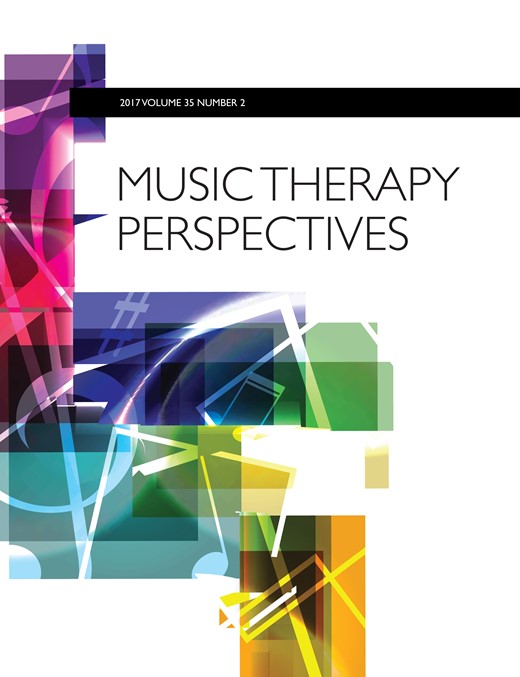-
Views
-
Cite
Cite
Kimberly Sena Moore, Understanding the Influence of Music on Emotions: A Historical Review, Music Therapy Perspectives, Volume 35, Issue 2, October 2017, Pages 131–143, https://doi.org/10.1093/mtp/miw026
Close - Share Icon Share
Extract
Music has long been thought to influence human emotions. There is significant interest among researchers and the public in understanding music-induced emotions; in fact, a common motive for engaging with music is its emotion-inducing capabilities (Juslin & Sloboda, 2010). Traditionally, the influence of music on emotions has been described as dichotomous. The Greeks viewed it as either mimesis, a representation of an external reality, or catharsis, a purification of the soul through an emotional experience (Cook & Dibben, 2010). This type of dichotomous viewpoint has persisted under various labels, such as formalist versus absolutist, and referential versus expressionist (Meyer, 1956). However, these perspectives all emerged from musicology. Outside musicology, the scientific study of emotions was intermittent and, until recently, references to music’s effect on emotions were rare (Sloboda & Juslin, 2010). Since the 1990s, there has been increased interest in studying music-induced emotions, particularly in psychology (Juslin & Sloboda, 2010). This interest extends to the music therapy profession as well. For example, a professional music therapist in the United States is required to be able to develop and implement music therapy experiences designed to focus on emotion-related treatment goals, such as the ability to empathize, and the client’s overall affect, mood, and emotions (Certification Board for Music Therapists [CBMT], 2015), and must apply knowledge of music-based emotional responses (American Music Therapy Association [AMTA], 2013). Given the increased interest in psychology and the clinical implications for the music therapist, it seems timely to analyze and reflect on how the understanding of music-induced emotions has evolved in order to support current and future research and clinical practice. As current understanding is built upon prior knowledge, a historical review can serve to examine previous directions and help inform future study (Hanson-Abromeit & Davis, 2007). Thus, the purpose of this inquiry was to provide a historical overview of prominent theories of music and emotion and connect them to current understanding. More specifically, the objectives were:





